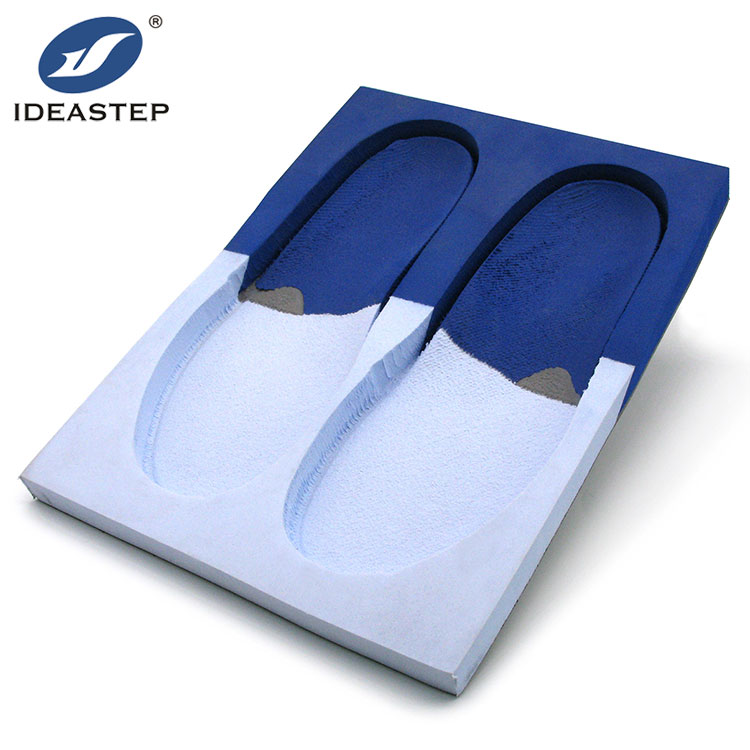Discovering the best material for your needs is crucial when it comes to eva blocks. In this comparison, we delve into the question: Is EVA foam better than other foam options? Whether you are looking for durability, cushioning, or versatility, join us as we explore the qualities of EVA foam and shed light on why it may be the superior choice for your product needs.
Is EVA foam superior to PE foam?
When it comes to comparing EVA foam and PE foam, it is important to understand that both types of foam have similar properties and can be used for various purposes. However, EVA foam is often preferred for applications that require a die-cutting process in packaging. This is mainly because EVA foam is cheaper and more readily available for such processes.
EVA foam, also known as Ethylene-Vinyl Acetate foam, is a versatile material that offers excellent cushioning and shock absorption properties. It is commonly used in the manufacturing of sports equipment, footwear, and even in the automotive industry. Its flexibility and durability make it a popular choice for applications that require a high level of impact resistance.
On the other hand, PE foam, or Polyethylene foam, is also widely used due to its cost-effectiveness and versatility. It is often used for packaging fragile items, such as electronics or glassware, as it provides excellent protection against impacts and vibrations. Additionally, PE foam is resistant to moisture and chemicals, making it suitable for applications where water or other liquids may be present.
While EVA foam may be preferred for die-cutting processes in packaging, PE foam can still be a cost-effective choice for customers with specific needs. It is important to consider the specific requirements of the application when choosing between the two foams. Factors such as budget, level of protection needed, and environmental considerations should all be taken into account.
In summary, both EVA foam and PE foam have their own advantages and can be suitable for various applications. The choice between the two will ultimately depend on the specific requirements and preferences of the customer. It is recommended to consult with foam suppliers or industry experts to determine the best foam material for your particular application.
In EVA foam, what is the meaning of “EVA”?
EVA foam, short for ethylene-vinyl acetate, is a copolymer composed of ethylene and vinyl acetate. The weight percentage of vinyl acetate in EVA foam typically ranges from 10 to 40%, while the remaining composition consists of ethylene. EVA foam is widely used in various industries due to its unique properties and versatility.
The acronym EVA represents the two main components of this foam. Ethylene is a hydrocarbon gas that is widely utilized in the production of various products, including plastics, solvents, and detergents. Vinyl acetate, on the other hand, is an organic compound commonly used in the manufacturing of adhesives, coatings, and films.
The combination of ethylene and vinyl acetate in EVA foam results in a material that exhibits exceptional flexibility, durability, and shock absorption. These properties make EVA foam an ideal choice for a wide range of applications. It is commonly used in footwear, where its cushioning and support properties provide comfort and protection. EVA foam is also used in sports equipment, such as protective padding and helmet liners, as well as in packaging materials, automotive components, and even toys.
The versatility of EVA foam is further enhanced by its ability to be easily molded into various shapes and sizes. It can be manufactured in different densities, ranging from soft and pliable to firm and rigid, depending on the specific requirements of the application. Additionally, EVA foam can be easily colored, making it suitable for aesthetic purposes.
In conclusion, EVA foam, which stands for ethylene-vinyl acetate, is a copolymer that combines the properties of ethylene and vinyl acetate. With its flexibility, durability, and shock absorption capabilities, EVA foam finds widespread use in numerous industries, including footwear, sports equipment, packaging, automotive, and toys. Its versatility and ability to be molded into various shapes and sizes make it a popular choice in many applications.